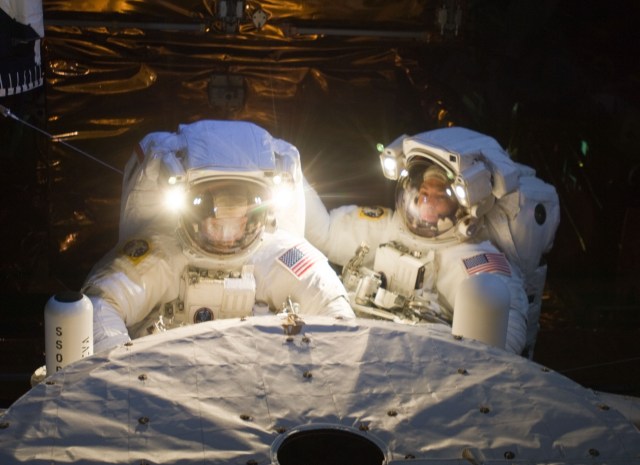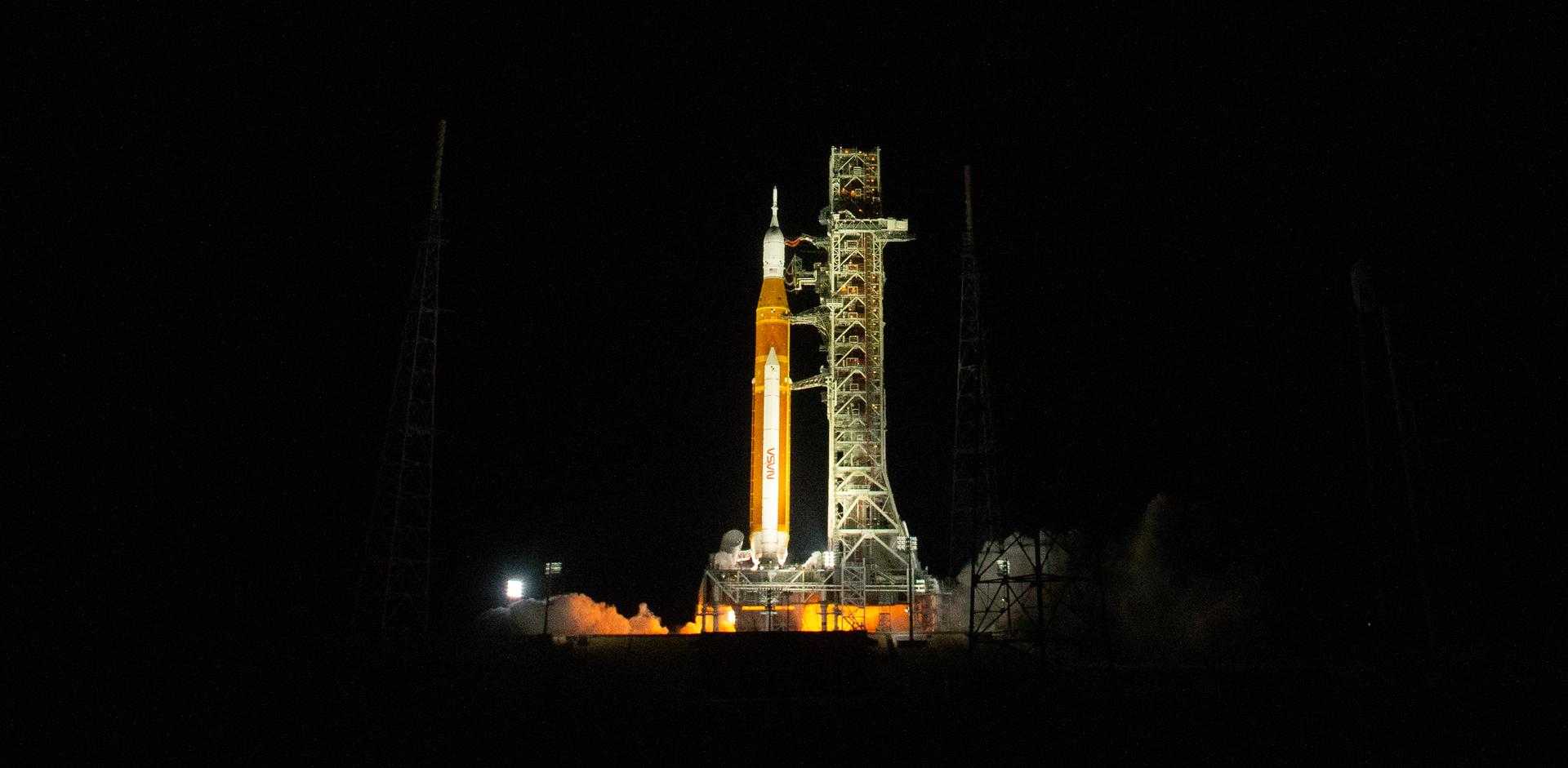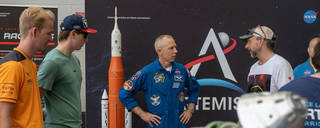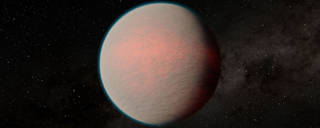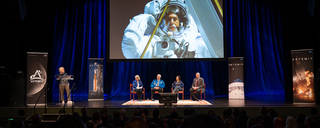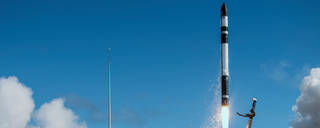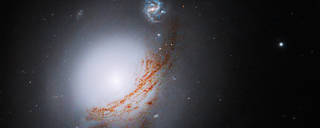A Weekly Summary of Top Content from Marshall, May 8 – 12, 2023.
NASA Astronaut, SLS Employees Attend Miami Grand Prix
NASA astronaut Drew Feustel and SLS (Space Launch System) employees from Marshall Space Flight Center in Huntsville, Alabama, interact with racegoers during the Miami Grand Prix race weekend May 6-8. Feustel is a veteran of three spaceflights, including the final servicing mission of NASA’s Hubble Space Telescope. The avid auto racing fan is a nine-time spacewalker and has logged 226 days in space throughout his career. Students and members of the public were invited to walk through the exhibit area to learn more about Artemis throughout race weekend. While there, NASA discussed the physics behind the SLS rocket that will power the Artemis missions to the Moon in comparison to the world-famous racecars. With Artemis, NASA will land the first woman and first person of color on the lunar surface and establish long-term exploration and science capabilities at the Moon in preparation for human missions to Mars. SLS and NASA’s Orion spacecraft, along with the human landing system and the Gateway in orbit around the Moon, are NASA’s foundation for deep space exploration.
NASA’s Webb Takes Closest Look Yet at Mysterious Planet
NASA’s James Webb Space Telescope has observed a distant planet outside our solar system – and unlike anything in it – to reveal what is likely a highly reflective world with a steamy atmosphere. It’s the closest look yet at the mysterious world, a “mini-Neptune” that was largely impenetrable to previous observations. And while the planet, called GJ 1214 b, is too hot to harbor liquid-water oceans, water in vaporized form still could be a major part of its atmosphere.
NASA, Industry Partners Recognize California’s Contributions to Artemis
NASA, along with its Artemis industry contract partners, acknowledged dozens of businesses in Southern California May 2-4 for their contributions to the successful launch of the Artemis I mission, and their continued support for future crewed Artemis missions. Each of the suppliers has played a role in manufacturing and producing key components for NASA’s SLS (Space Launch System) rocket and Orion spacecraft, including their propulsion systems and main structures. Following the debut of SLS and Orion during Artemis I in 2022, NASA and its industry partners are preparing for the second flight test— Artemis II — during which four astronauts will lift off atop the SLS mega Moon rocket and check out Orion’s systems during a lunar flyby before returning to Earth.
NASA, Rocket Lab Launch First Pair of Storm Observing CubeSats
Two NASA CubeSats designed to study tropical cyclones, including hurricanes and typhoons, are in orbit after successfully launching at 1 p.m. Monday, NZST (9 p.m. EDT Sunday). The first pair of the agency’s TROPICS (Time-Resolved Observations of Precipitation structure and storm Intensity with a Constellation of Smallsats) lifted off aboard an Electron rocket from Rocket Lab’s Launch Complex 1 Pad B in Māhia, New Zealand. Team members successfully sent commands to the first CubeSat at 1:48 a.m. EDT, May 8. Subsequently, they established communications with the second CubeSat at 6:31 a.m. EDT. TROPICS is a constellation of four identical CubeSats designed to observe tropical cyclones in a unique, inclined low Earth orbit over Earth’s tropics – an orbit that allows them to travel over any given storm about once an hour. Current weather tracking satellites have a timing of about once every six hours.
Hubble Views a Beautiful Luminous Galaxy
The lenticular galaxy NGC 5283 is the subject of this NASA Hubble Space Telescope image. NGC 5283 contains an active galactic nucleus, or AGN. An AGN is an extremely bright region at the heart of a galaxy where a supermassive black hole exists. When dust and gas fall into the black hole, the matter heats up and emits light across the electromagnetic spectrum. NGC 5283 is a Seyfert galaxy. About 10 percent of all galaxies are Seyfert galaxies, and they differ from other galaxies that contain AGNs because the galaxy itself is clearly visible. Other AGNs emit so much radiation that they outshine or make it impossible to observe the structure of their host galaxy!
For more information or to learn about other happenings at NASA’s Marshall Space Flight Center, visit NASA Marshall. For past issues of the ICYMI newsletter, click here.





